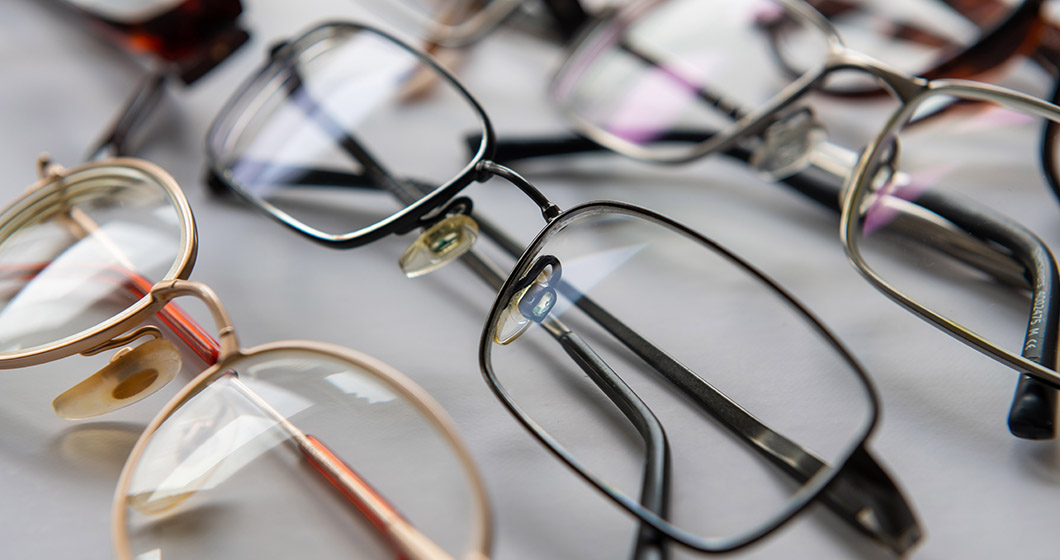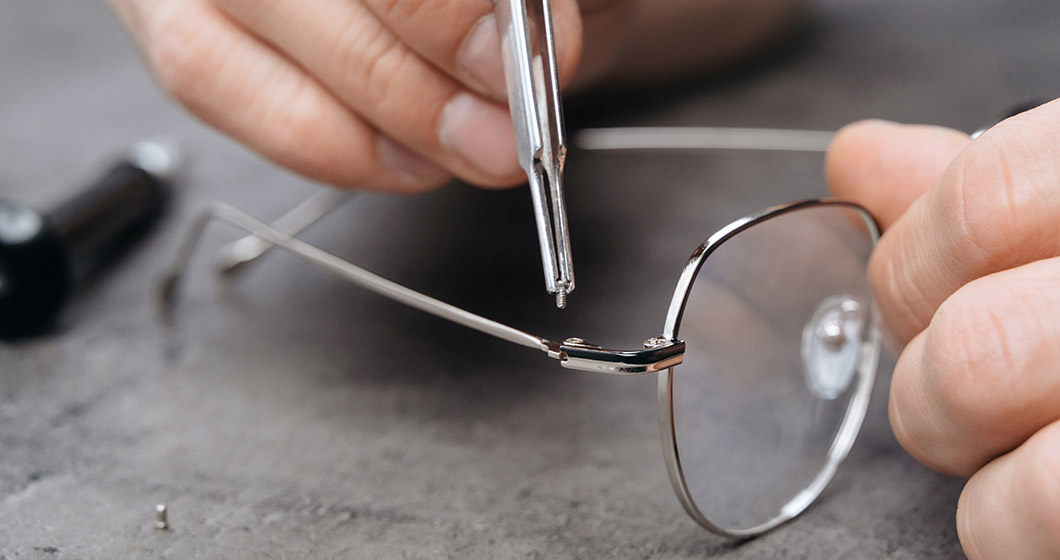
The global eyewear market expects to see significant growth over the next few years. The driving forces behind this include the increasing prevalence of vision disorders – due to aging populations, along with extensive use of screens by all ages – and improved capabilities in the diagnosis and correction of vision problems. There is also growing demand for eyewear across emerging economies and increasing demand for premium and customized eyewear products. Below, we asked Simon Goupil, Bostik’s Engineering Adhesives R&D Manager, to shine a light on how Bostik can help eyewear manufacturers optimize for these opportunities.
To begin with, please tell us a bit about your role at Bostik as Engineering Adhesives R&D Manager
I began my career with Bostik in 2016 as technical support for Bostik Thermelt® LPM (Low Pressure Molding) and my role quickly expanded to the entire polyamide range. In 2020, I joined the engineering adhesives division and in 2022 I took over the product development of industrial cyanoacrylates – these days, I divide my time between this area and ongoing technical support for engineering adhesives.
What are some of the key challenges faced by eyewear designers and manufacturers today?
It’s a growing market so there is pressure throughout the supply chain to increase output. However, aesthetics are a critical element in eyewear so the drive for quantity cannot be at the expense of quality.
Increasingly, we’re seeing smaller, more complex designs in eyewear, along with the use of a broader variety of components and materials, some of which are very delicate or sensitive. This is particularly true in the developing field of ‘smart’ and connected vision products (including AR and VR). These factors all point to the need for smarter manufacturing processes and higher performance bonding solutions.
And, in line with just about every other sector, there is a growing expectation across the eyewear industry – and from regulators and consumers too – for a more sustainable approach. The focus is not just on the environmental credentials of the materials and methods used in the eyewear production process but also on how those materials lend themselves to repair (to reduce discarding of broken eyewear) and dismantling, re-use and recycling. Everyone is also more aware of the importance of health and safety in the manufacturing environment, so products that are more environmentally and user-friendly will continue to gain traction.
How do you see these challenges evolving in the coming years
Research has already highlighted the association between the growing use of screens with the rise in Computer Vision Syndrome, a recognized eye condition. Similarly, the value of wearing sunglasses to protect against the impact of UV exposure is becoming more widely acknowledged. As a result, we can expect more people of all ages to find themselves needing eyeglasses of some kind.
The pandemic’s impact on delays in sight tests and diagnoses has eased somewhat but the effects on the supply chain will take a long time to dissipate. The pressures of inflation are being felt at every single point, not least by the end consumers who are really feeling the pinch. Since eyewear is often a necessity rather than a luxury, eyewear manufacturers need to maintain affordability. So, the industry’s ongoing challenge is to keep costs down – already we can see that they’re looking to achieve this by optimizing processes, ensuring products are reliable (avoiding the costs associated with returns and repairs) and reducing wastage.
That said, these challenges present opportunities too. For example, with more people requiring some form of eyewear – including younger customers – there is plenty to justify investment in the development of more innovative and aesthetically exciting products.

How can Bostik help manufacturers in this sector meet these challenges?
Bostik’s wide variety of high performance ‘by the dot’ adhesives have the bonding and gap-filling properties to help combat the challenges outlined above. With a choice of viscosities, dual cure and ‘cure on demand’ solutions, we offer eyewear manufacturers appropriate solutions for different stages in the production line. For example, UV-instant and UV-acrylate adhesives offer a rapid multi-substrate solution for lens to frame bonding, our instant adhesives are a good choice for temple and arm assembly, and our anaerobic threadlocking adhesives can be used to secure those tiny but essential screws.
Working with manufacturers in the luxury goods sector we know that one of their key challenges is achieving ‘invisibility’ in their use of engineering adhesives. Our range includes a wide array of ‘low bloom’ products that deliver the accuracy, flexibility and durability required by contemporary eyewear –without making their presence seen.
Flexible, effective and accurate, our high precision adhesives can help to minimise waste and accelerate processes. We work with our customers to deliver turnkey solutions that pair our adhesives with dispensers that can be quickly implemented within production lines, and we offer formulations suitable for manual and automated dispensing.
We understand that the eyewear sector is constantly innovating and because we’re highly agile and quick to react to emerging trends and demands we can help our manufacturing customers do the same – for example, our low-odor, non-toxic and solvent-free options make a positive contribution to the drive for sustainability. We have multiple R&D teams using their formulation expertise to support the design of innovative new eyewear products – and we work really closely with customers, sharing our results and providing dedicated engineering and technical services support as required.
In addition to all this are the benefits arising from our access to our parent company Arkema’s supply chain and worldwide infrastructure. These are valuable assets in these days of global upheaval.
Are you able to share any examples of how Bostik is supporting manufacturers in this sector?
This case study is a good example of how a Bostik bonding solution helped an eyewear manufacturer reduce product waste, improve eyeglass performance and aesthetics – while also enhancing worker comfort during application:
For an ‘at a glance’ overview of the multiple applications that Bostik offer this sector, take a look at this eyewear application guide:
Finally, as the Adhesive Solutions division of Arkema, our portfolio extends beyond adhesives to Arkema’s High Performance Polymers – offering pioneering and sustainable solutions to customers from a broad range of markets, including eyewear manufacturers. Bio-based and recyclable Rilsan® polyamide 11, Rilsan® Clear Rnew® polyamides, and Pebax® Rnew® elastomers are all chosen by eyewear manufacturers for their lightness, flexibility, toughness, and chemical resistance - making them ideal for optical solutions.
Want to know more?
Get in touch with our technical team to discuss your specific requirements, or click here to request your free product samples today.